
Peoples and Languages
Social Media
Leave comments, suggestions, keep an eye on news in our groups on VK, Odnoklassniki and Telegram channel
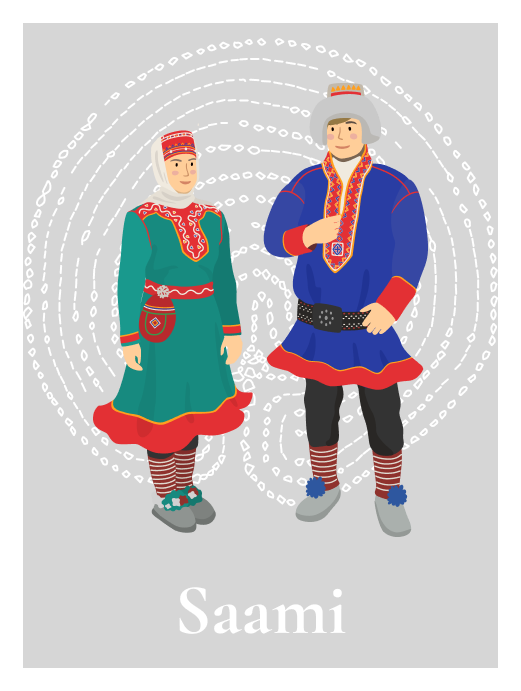
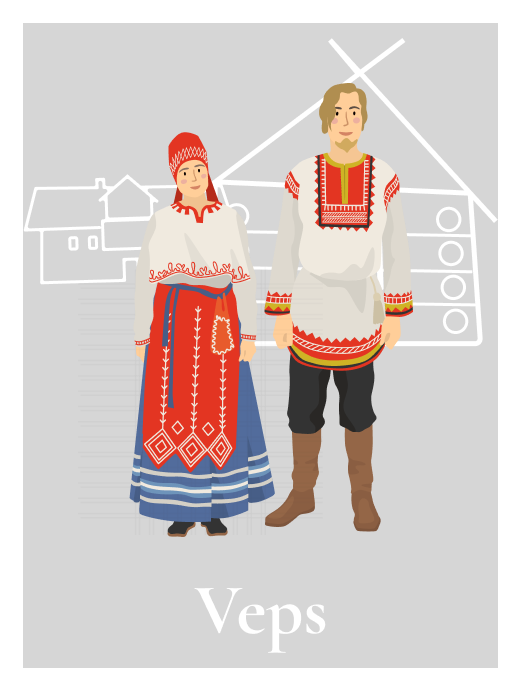
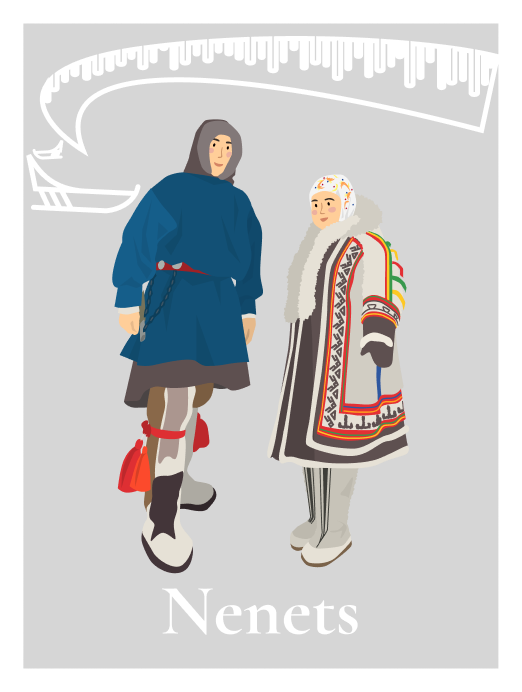
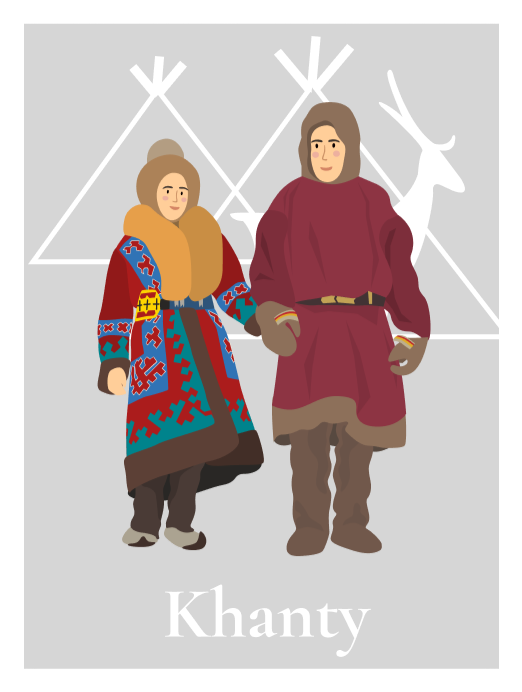
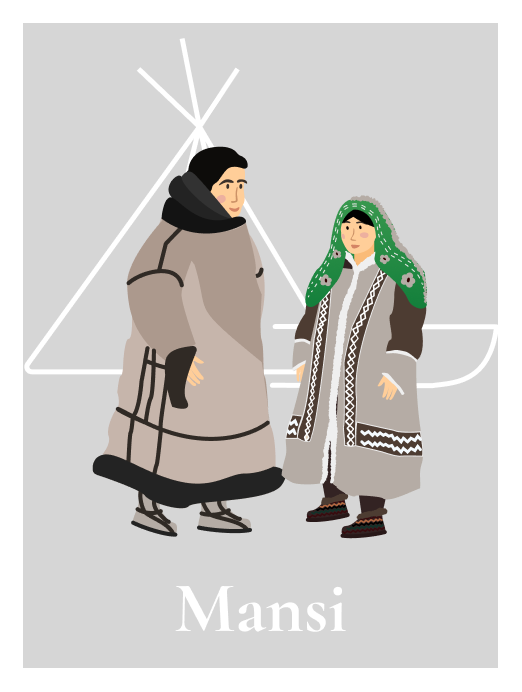
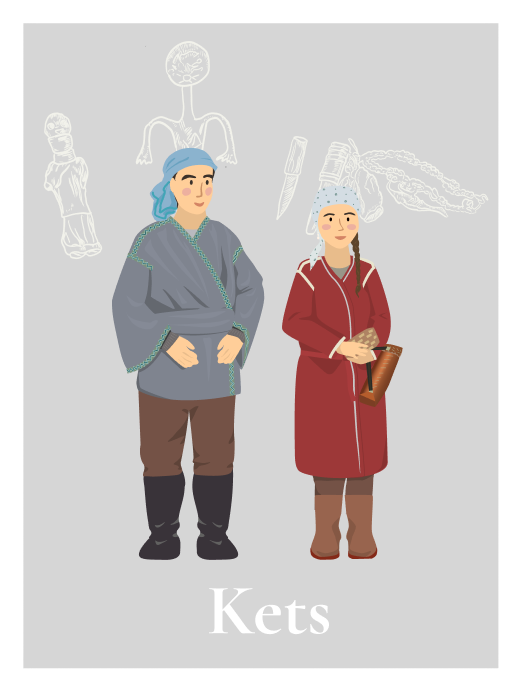
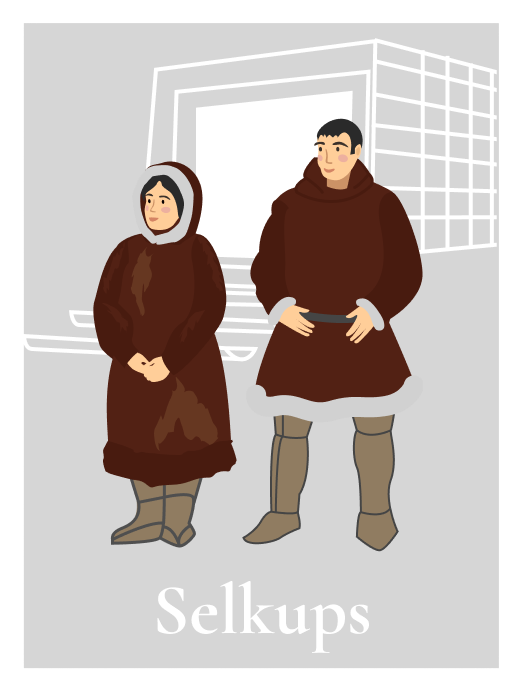
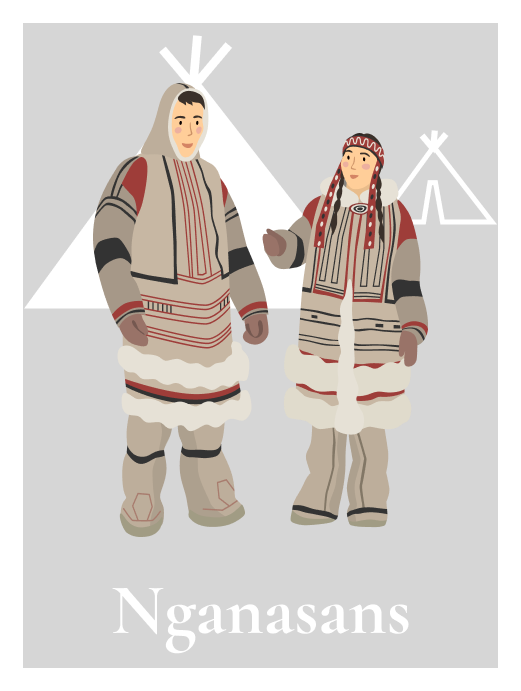
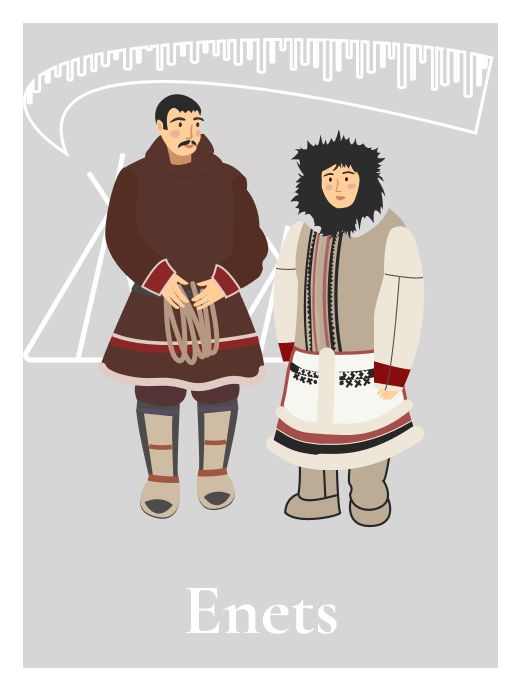
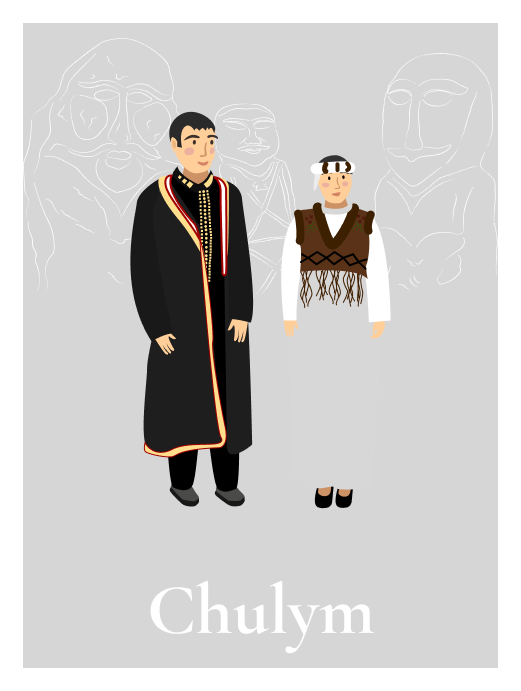
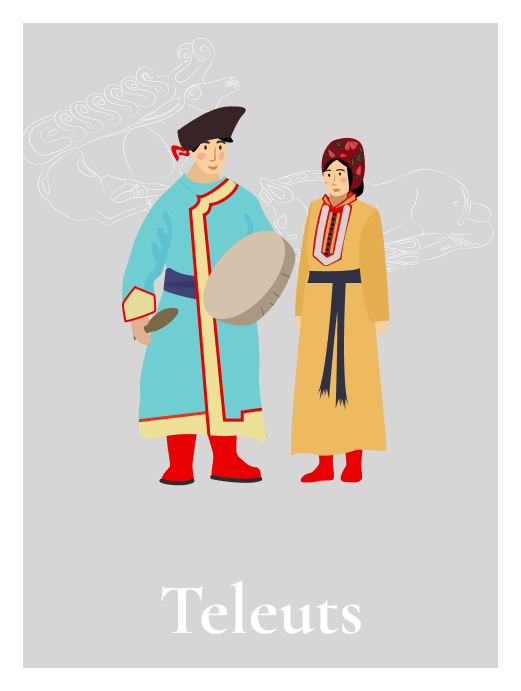
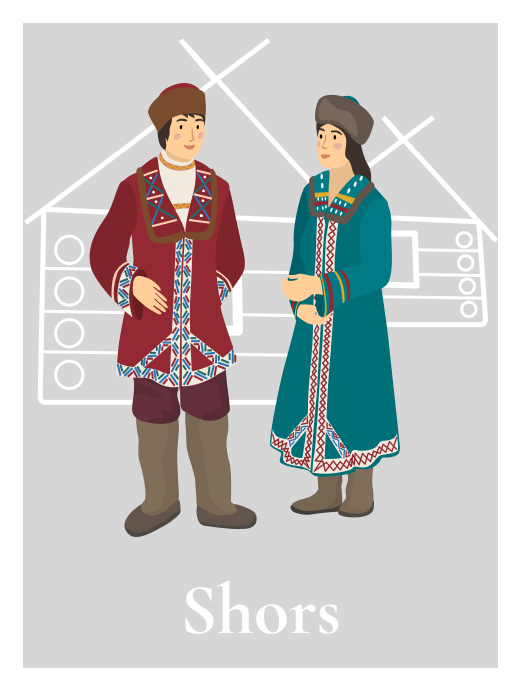
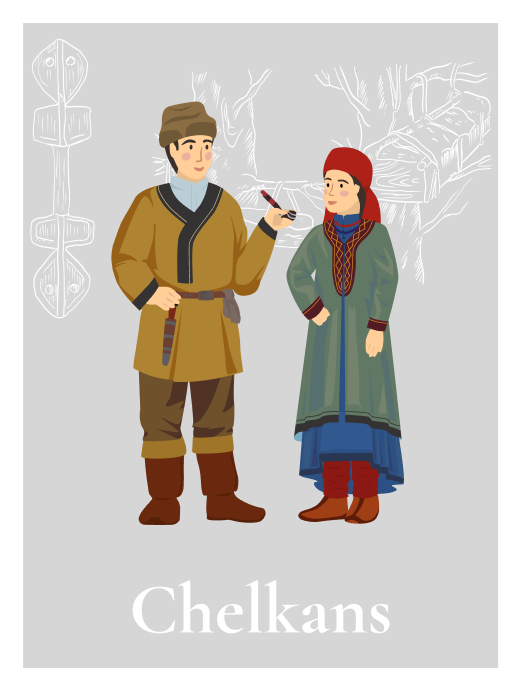
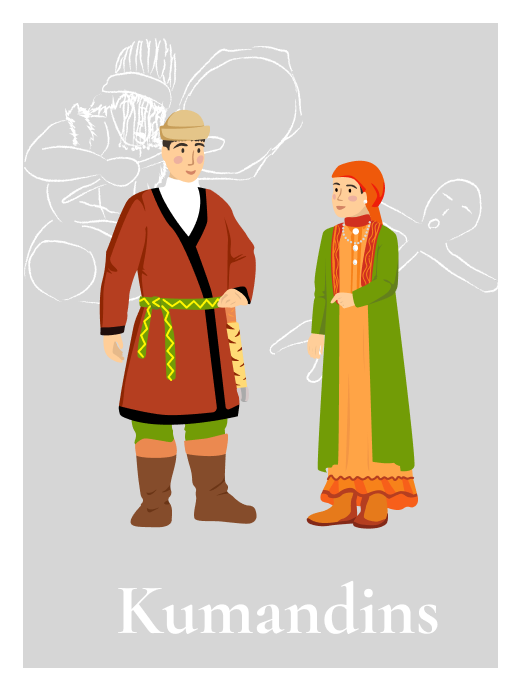

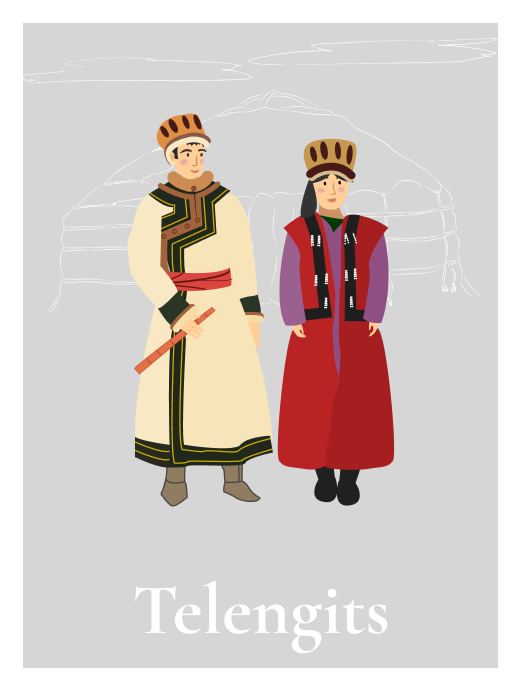
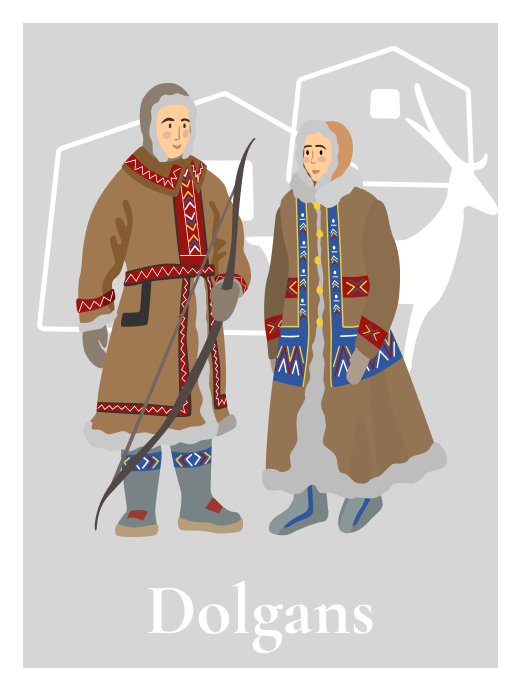

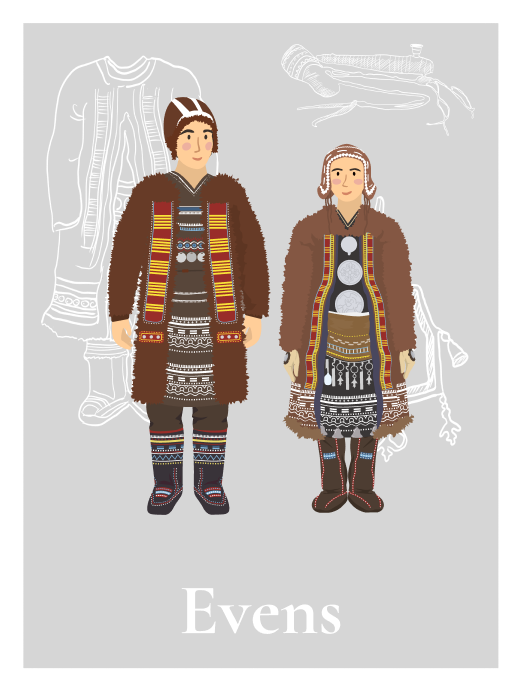
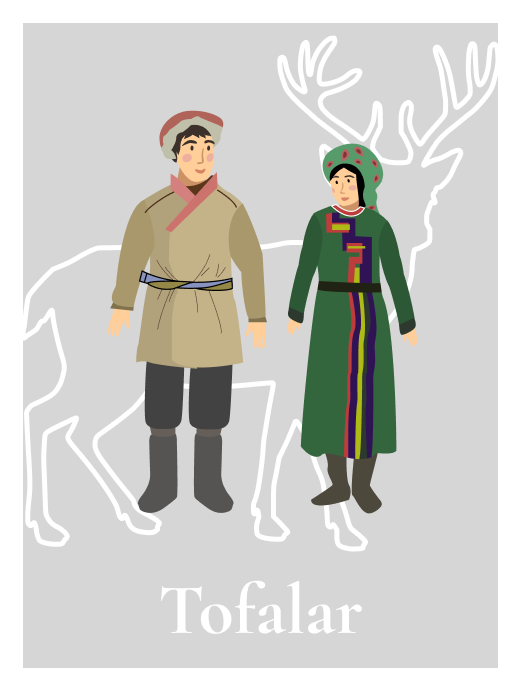
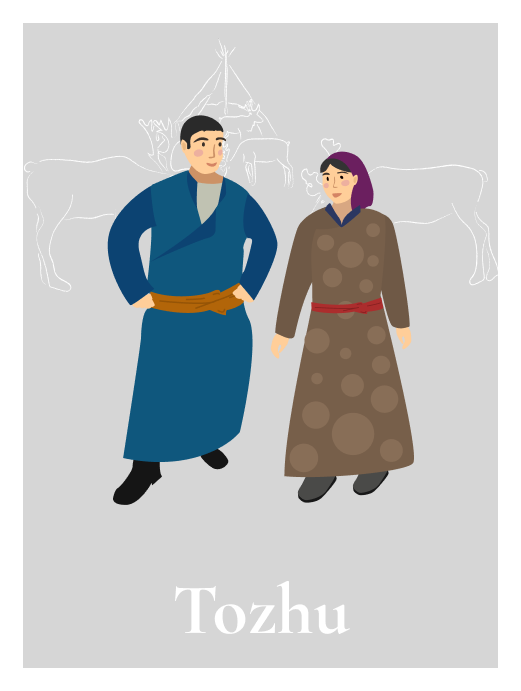

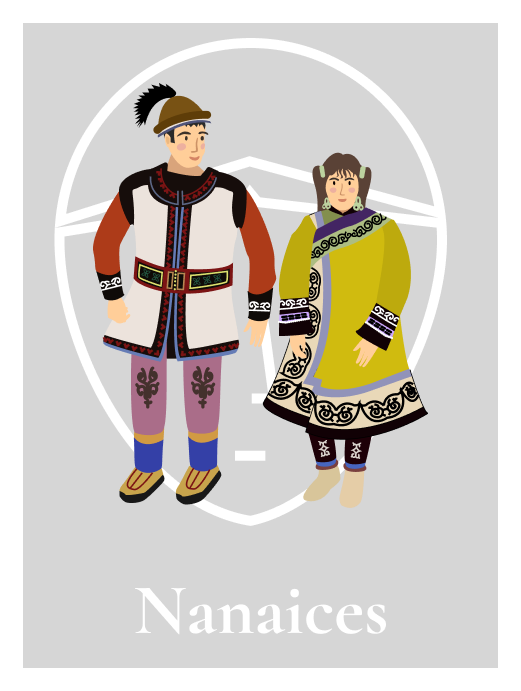
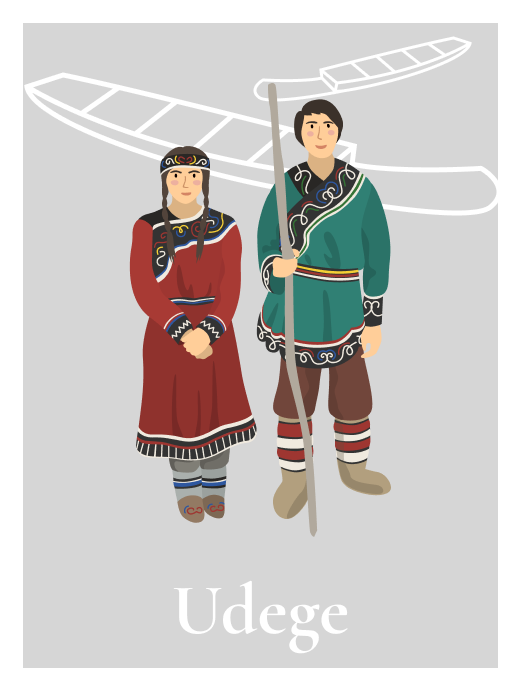
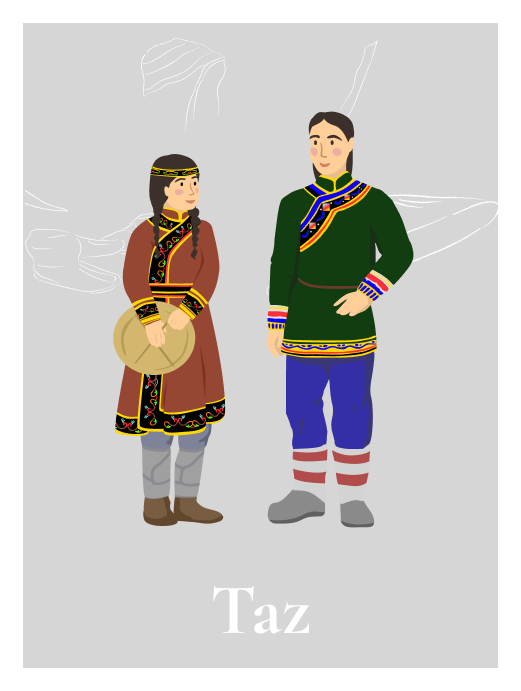


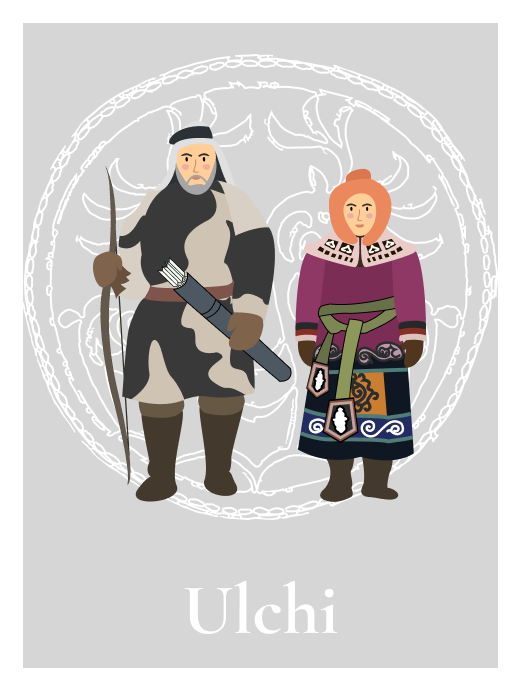

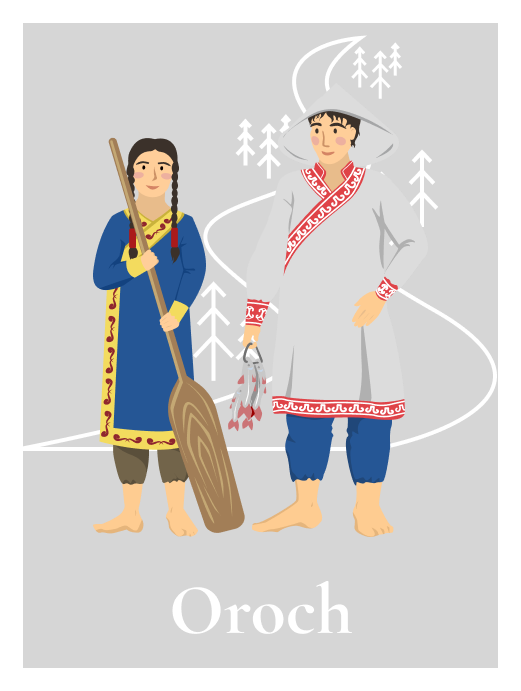
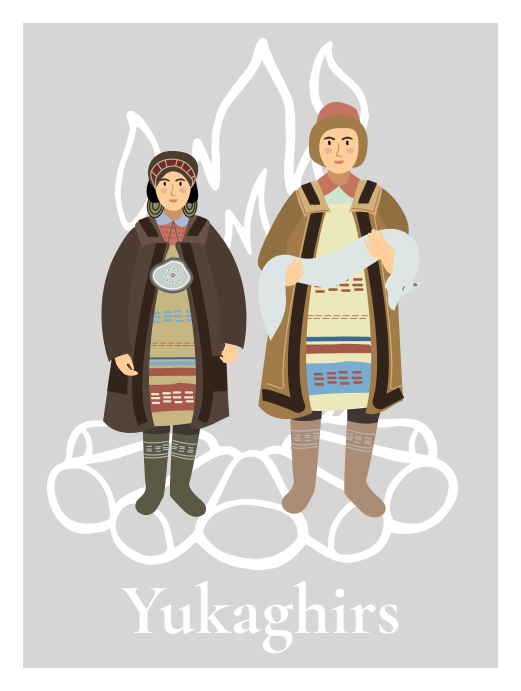
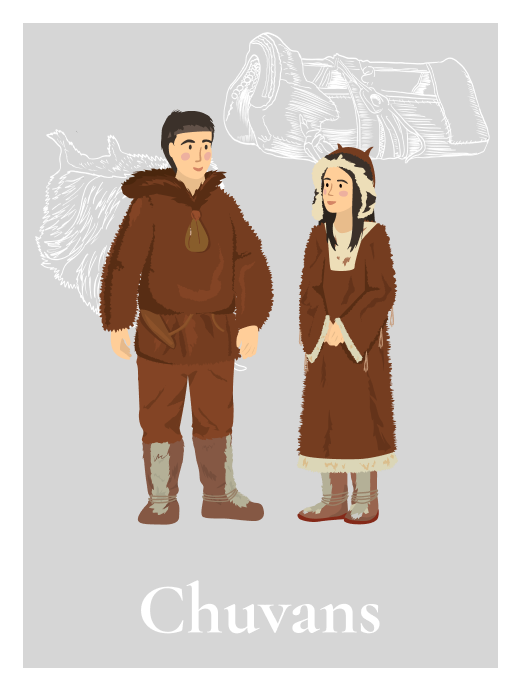

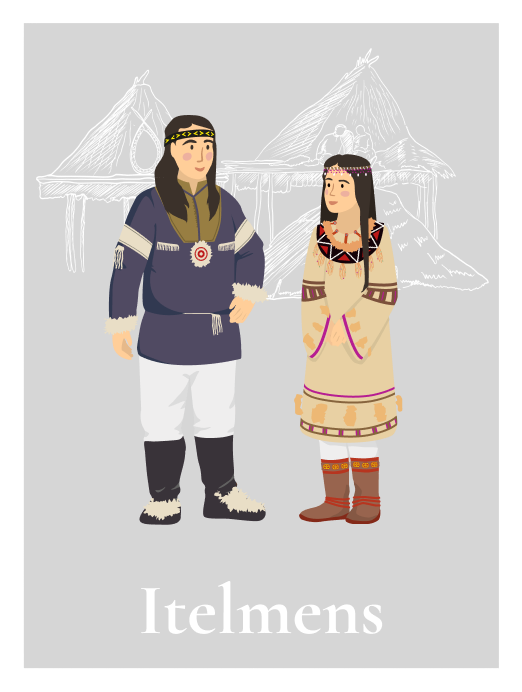
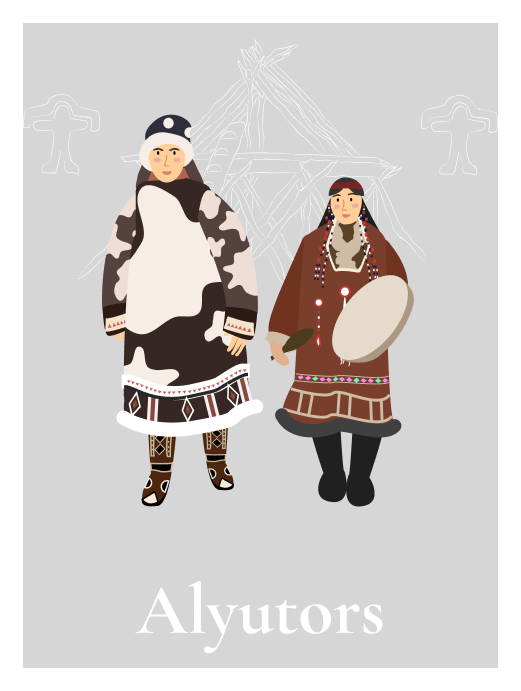
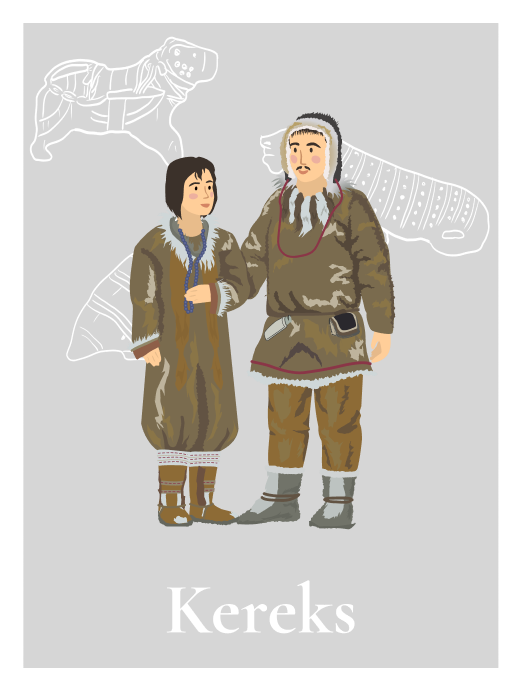


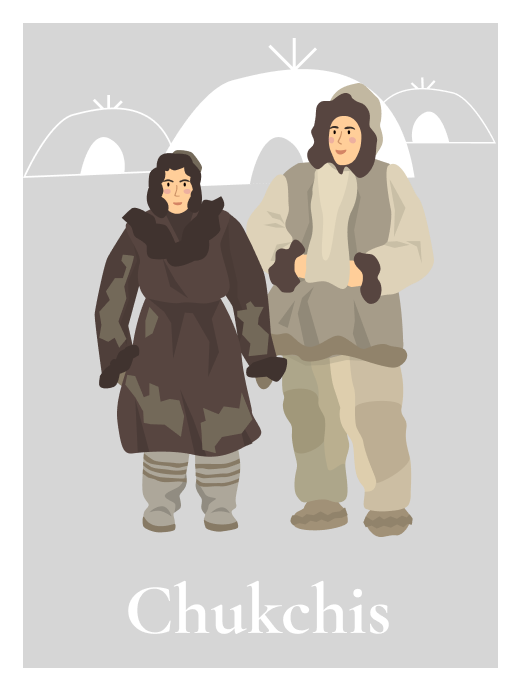
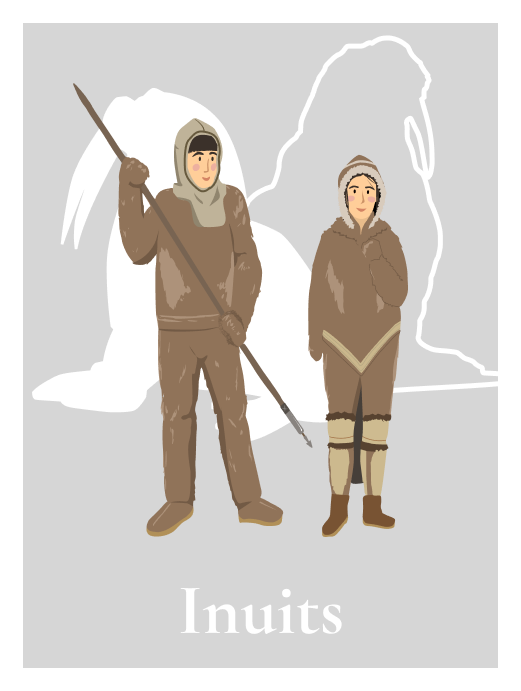
In Russian ethnographic tradition, scholars usually classify the Tubalars as Northern Altaians. They have long lived in the basin of the upper reaches of the Biya and the upper reaches of the Ishi. Their traditional areas of residence are the villages of the Maiminsky, Turachaksky, and Choysky districts of the republic. Thus, one can distinguish three ethno-territorial groups of Tubalars, which differ slightly from each other.
According to the census of the Russian Empire in 1897, 22 seoks (clans) were identified among the Tubalars, most of which, however, were not Tubalar and emerged as a result of intermarriages of different Altaian groups. These seoks were comparatively numerous (from 200 to 1 thousand people, according to the data of 1897), except for seok Yalan (96 people), most of which were located in the Togul sedentary volost (municipality) along the river Chumysh, the right tributary of the Ob in the steppe region. All of the seoks or their subdivisions under the same names have been known from the Russian historical documents of the first decades of the 17th century, in which they appear as “volosts” or as “zemlitsa” (settlement), and whose inhabitants still live basically in the same places. The data from the Russian historical sources of the 17th century indicates that the names of the volosts of the Tubalars that paid taxes in furs are the self-names of their tribal groups that have survived to this day. The patrilineal seoks of the Tubalars follow the law of exogamy, which forbids representatives of the same seok from marrying. This law is valid for all the Altaians of the modern Altai Republic.
The primary budget-generating sector of the economy of the three Tubalar municipalities remains the logging and woodworking industry. The number of enterprises and organizations in the industrial sector operating in the Choysky district is 19.
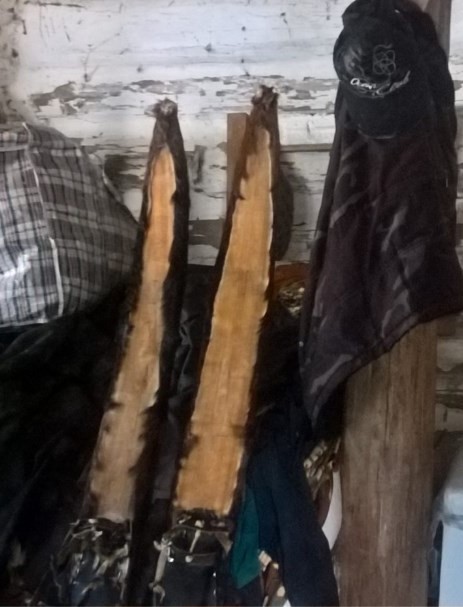
The mythological worldview of the Tubalars is similar to the ideas of all the indigenous peoples of the Altai Republic. It is reflected in folklore. Myths and fairy tales of many sub-genres represent the Tubalar fairy tale tradition. Fairy tales with different content often display similar features. When telling tales, the narrators naturally included symbolic onomatopoeia and song episodes in the text.